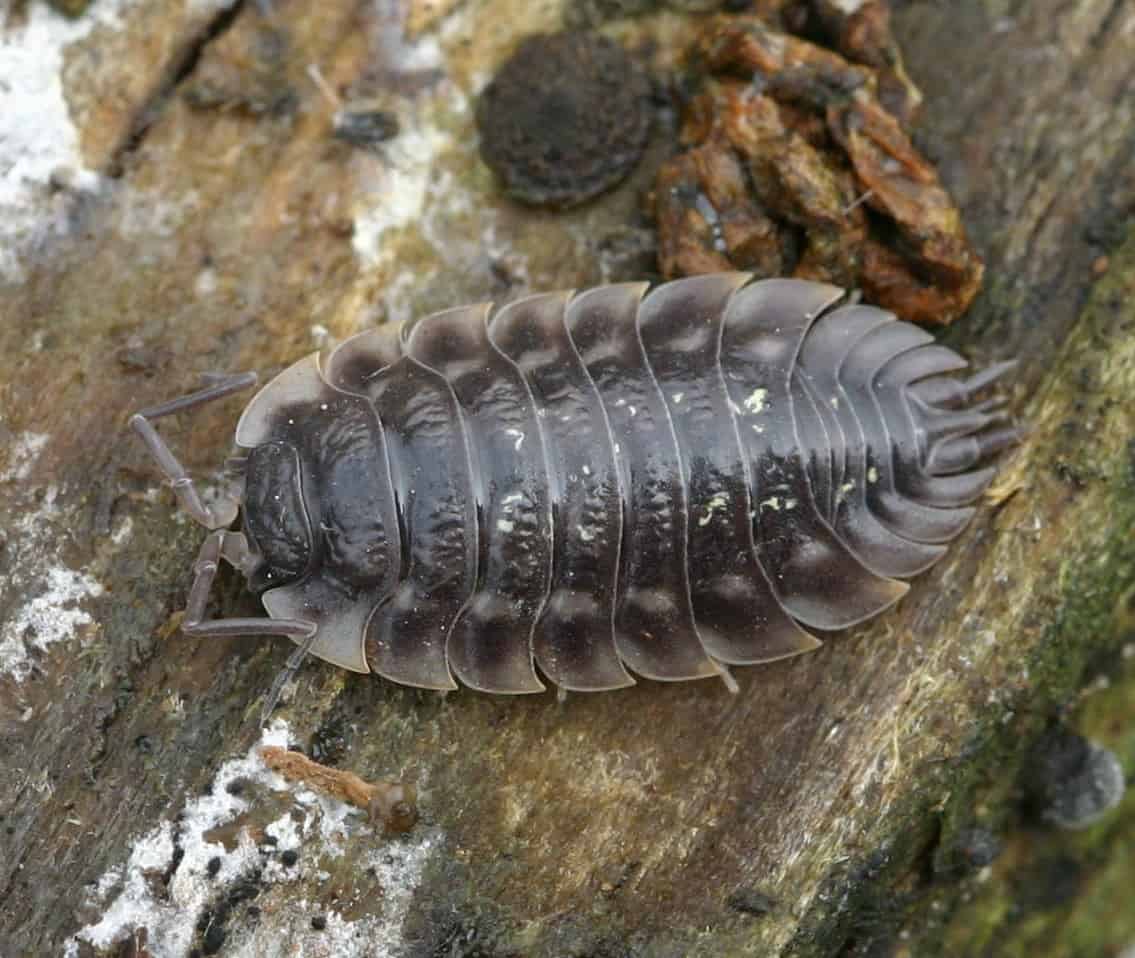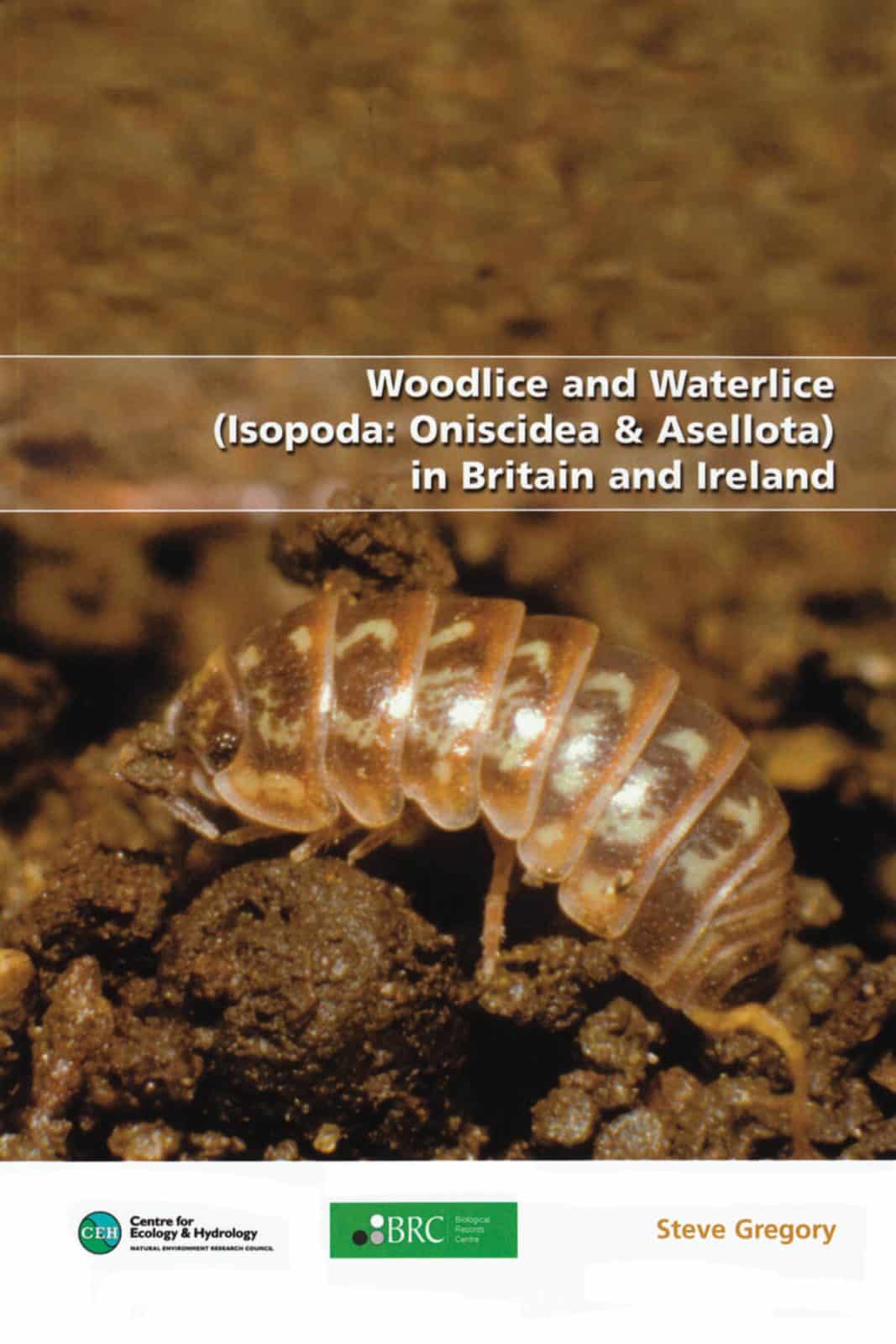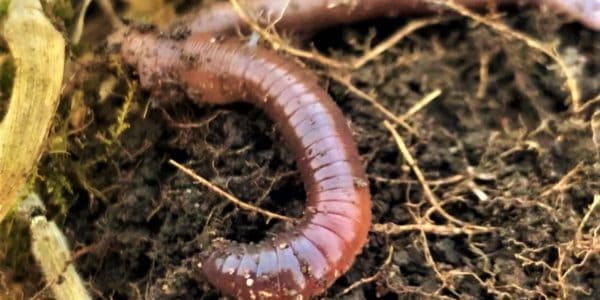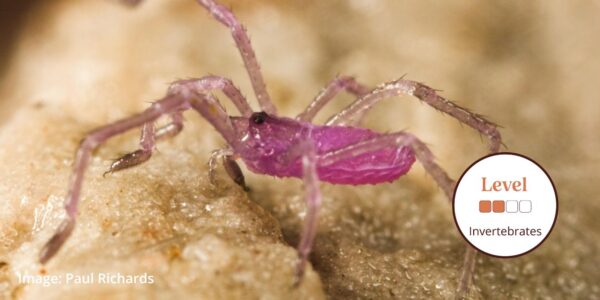Woodlice and waterlice atlas
The Woodlice and waterlice atlas covers all of Britain and Ireland, including Isle of Man, Scilly Isles, Orkney and Shetland.
4 species of waterlice and 40 species of woodlice occur outdoors in the study area. Some of these species are ubiquitous, while others are much rarer. In addition a further 12 ‘alien’ species occur in artificial climates such as glasshouses. Overall this atlas presents 69,633 records for waterlice and 85,950 records for woodlice.
In the same way as previous atlases in the series, species distribution maps show records at 10km square resolution. Species maps have three date classes.
Each species account begins with a brief description, highlighting differences with similar species. There is a summary of distribution, habitat prefences and typical microsites, plus seasonality where this is helpful. Finally each account finishes with an outline of the European and global distribution of that species.
Species accounts feature distribution map and discussion of distribution and habitat (including microsites). There is also guidance on how to collect and record these animals. Furthermore there are detailed accounts of the overall biology and conservation of isopods.
In common with other arthropods, woodlice and waterlice have a segmented body, jointed legs and a hard exoskeleton. More specifically they are crustaceans, related to crabs, shrimps and lobsters. Within the crustaceans they belong to the order Isopoda.
Our non-marine isopods split into two sub-orders Oniscidea and Asellota. Unlike other crustaceans, isopods do not have gills. Instead they breathe through specialised structures called pleopods. In some terrestrial woodlice the pleopod bear respiratory structures called ‘pleopodal lungs’.
This atlas was published with Biological Records Centre.




